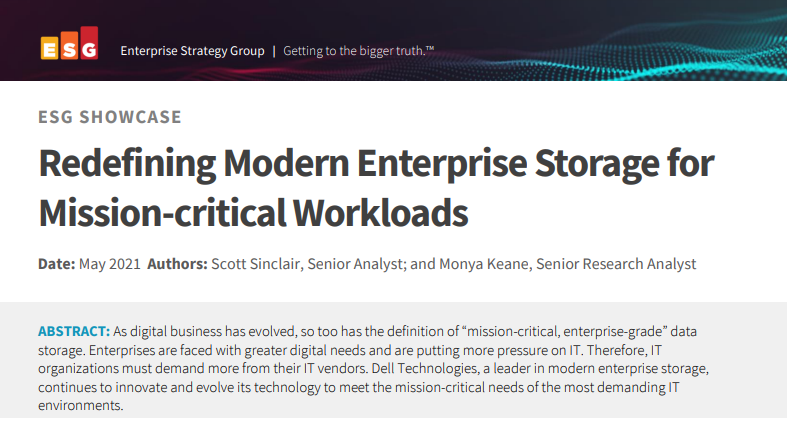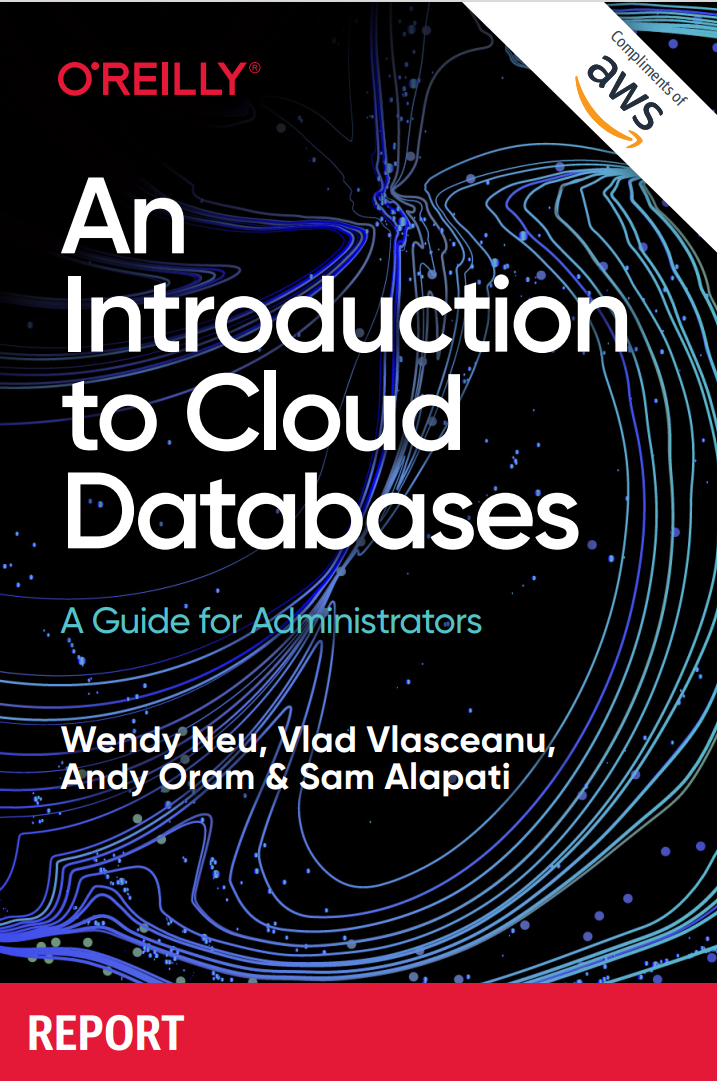MongoDB will encrypt your data to protect it from hackers
Database firm announces string of new features to boost security and improve search function

Data stored in MongoDB will be encrypted at rest by the company, in one of several new features announced at MongoDB World in New York.
The database firm is targeting regulated areas such as healthcare, financial services and government with its forthcoming ability to encrypt data at rest, but is also responding to concern over widespread data breaches suffered over the last two years.
Strategy VP Kelly Stirman told IT Pro: "The interest has become much more mainstream because of these bad examples, and the part that we can help with is in terms of ensuring the security of the data that's inside the database.
"This is something we've done with partners in the past but I think most users of MongoDB would rather it just handles that for them. Involving another vendor, no, [customers think] just save me the hassle and do it for us."
US retailer Target paid out $19 million for leaking millions of customer records in 2013, and Juniper Research predicts cyber breaches will cost firms $2.1 trillion by 2019.
The encryption keys will be secured by the industry standard Key Management Interoperability Protocol (KMIP).
While most services encrypt data in-flight, it is generally more expensive to encrypt it at rest, and Stirman indicated MongoDB would most likely charge for the feature when it's released as part of version 3.2 later this year.
Get the ITPro daily newsletter
Sign up today and you will receive a free copy of our Future Focus 2025 report - the leading guidance on AI, cybersecurity and other IT challenges as per 700+ senior executives
The news comes as one of a string of announcements about the forthcoming update, with another being Document Validation, which introduces the ability to apply schemas to MongoDB.
Schemas are typical in SQL databases, providing a structured set of fields into which the data you store must fit. However, NoSQL databases eschew them in order to store more unstructured information, such as social media, photos and videos.
MongoDB usually allows an application to define the scheme for a particularly dataset in a technique called dynamic schema, but is introducing Document Validation to allow its users to create mandatory fields when they wish to.
Asked whether lacking a strict schema can intimidate users, CEO Dev Ittycheria told IT Pro: "I think it is, for people who are not comfortable [with a dynamic schema].
"It's not that there's no schema, it's that the schema can change and you just want a way to validate the data you're putting into the database."
Lastly, MongoScout will provide a new graphic interface between database administrators and MongoDB to help them find the data they're looking for more easily.
In addition to displaying individual documents, MongoScout can analyse datasets to visualise the fields and their values, while administrators and developers can use it to improve their indexing and validation rules.
Eliot Horowitz, co-founder and CTO of MongoDB, said: "As the range of applications built on MongoDB continues toexpand, we believe the capabilities announced today will be extremely well received as they deliver on our core promise - to help organisations move faster, and dramatically simplify access to data to a broader audience."
All these updates, and yesterday's BI Connector tool, which links SQL data analysis tools like Tableau to the MongoDB database, will be released as part of version 3.2, due out in the fourth quarter of 2015.
-
 Why keeping track of AI assistants can be a tricky business
Why keeping track of AI assistants can be a tricky businessColumn Making the most of AI assistants means understanding what they can do – and what the workforce wants from them
By Stephen Pritchard
-
 Nvidia braces for a $5.5 billion hit as tariffs reach the semiconductor industry
Nvidia braces for a $5.5 billion hit as tariffs reach the semiconductor industryNews The chipmaker says its H20 chips need a special license as its share price plummets
By Bobby Hellard
-
 P2PInfect self-replicating Rust worm discovered attacking Redis instances
P2PInfect self-replicating Rust worm discovered attacking Redis instancesNews Researchers believe that the worm could be laying the groundwork for a larger campaign to be launched at some point in the future
By Rory Bathgate
-
 Redefining modern enterprise storage for mission-critical workloads
Redefining modern enterprise storage for mission-critical workloadsWhitepaper Evolving technology to meet the mission-critical needs of the most demanding IT environments
By ITPro
-
 MWC 2023: Huawei launches 'world's best' ransomware detection system
MWC 2023: Huawei launches 'world's best' ransomware detection systemNews Huawei claims its Cyber Engine database security system has a 99.9% detection rate, but experts have been quick to weaken the sentiment
By Bobby Hellard
-
 Dutch hacker steals data from virtually entire population of Austria
Dutch hacker steals data from virtually entire population of AustriaNews The data was stolen from a misconfigured cloud database found by the attacker through a search engine
By Zach Marzouk
-
 IRS mistakenly publishes 112,000 taxpayer records for the second time
IRS mistakenly publishes 112,000 taxpayer records for the second timeNews A contractor is thought to be responsible for the error, with the agency reportedly reviewing its relationship with Accenture
By Zach Marzouk
-
 Database and big data security
Database and big data securityWhitepaper KuppingerCole 2021 Leadership Compass Report
By ITPro
-
 Modernise your legacy databases in the cloud
Modernise your legacy databases in the cloudWhitepaper An introduction to cloud databases
By ITPro
-
 Microsoft Azure flaw exposed 'thousands' of customer databases
Microsoft Azure flaw exposed 'thousands' of customer databasesNews Security research Wiz describes Cosmos flaw as "the worst cloud vulnerability you can imagine"
By Bobby Hellard